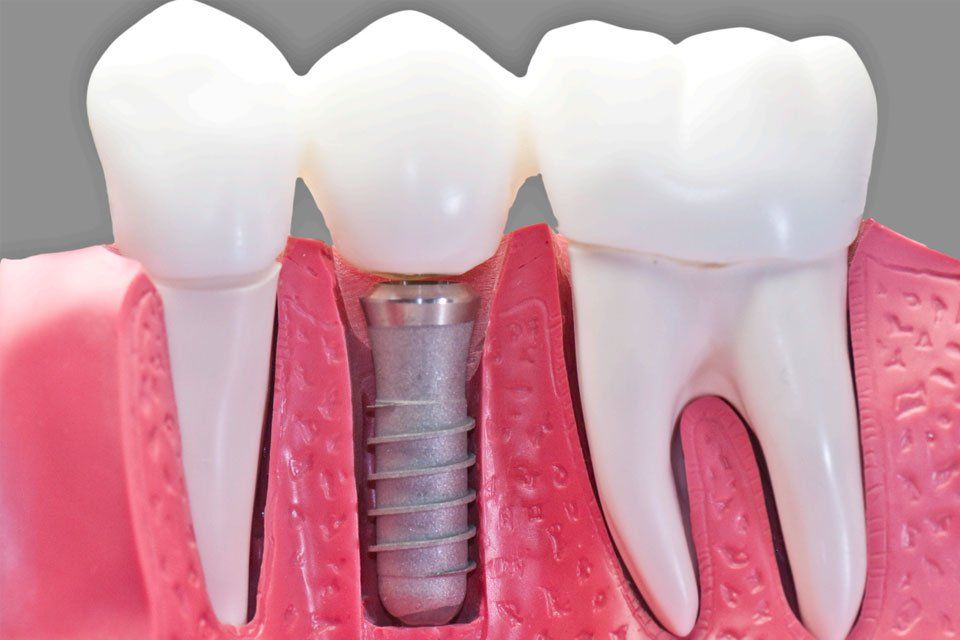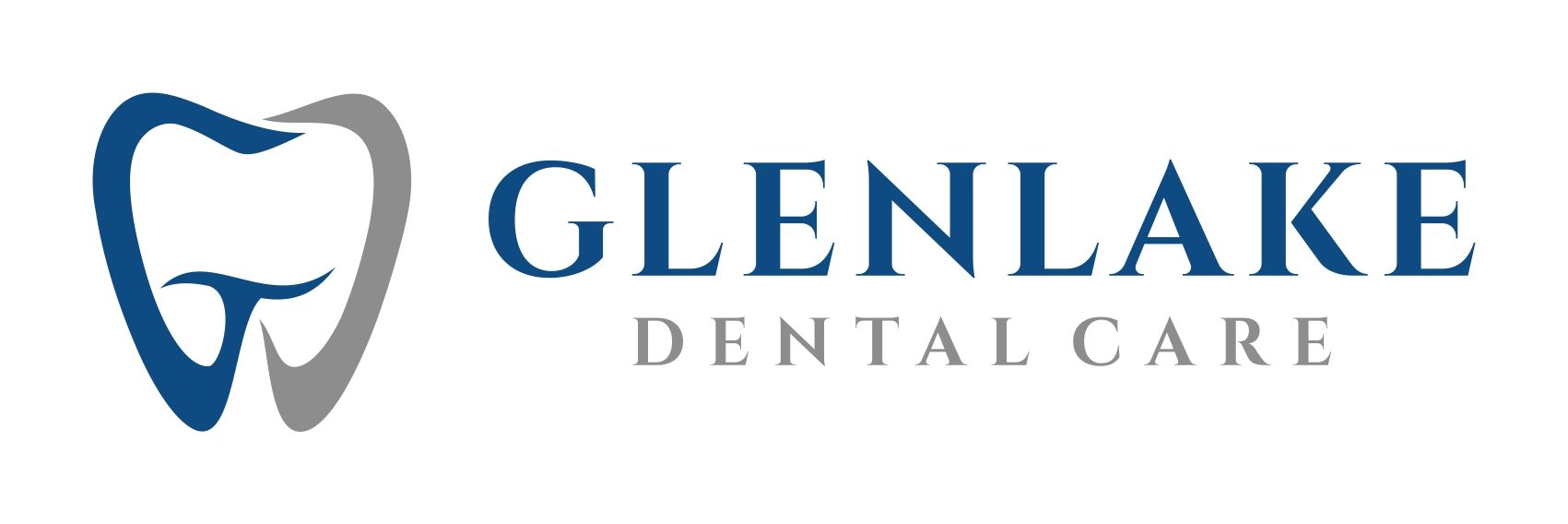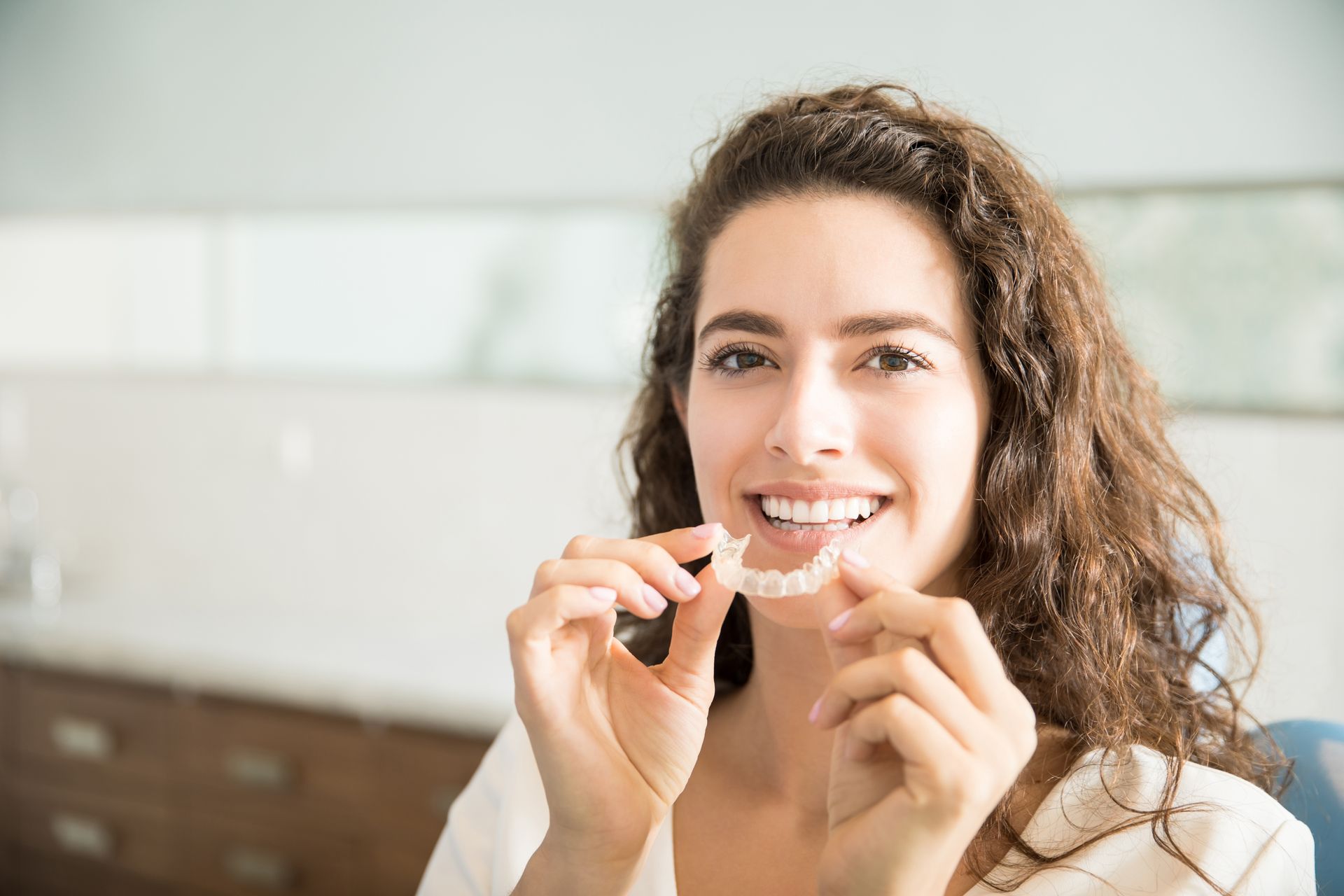How is a Crown Attached to a Dental Implant?

There is a wide range of dental implant glenview restoration options available to individuals with missing teeth. Dental crowns are one of the most popular tooth replacement options due to their multiple benefits of this tooth replacement option. Dental crowns can be an excellent tooth replacement option when secured by a dental implant. This crown-on-implant configuration is known as an implant-supported crown. But how is a crown attached to a dental implant?
Dental crowns glenview can be attached to implants using one of two major methods. The first method utilizes screws to attach the implant and crown. The second method uses cement to attach the dental crown to the abutment of the dental implant. An implant crown is a dental implant restoration option that has several advantages.
Read on to learn more about dental implants, crowns, and bridges and how is crown attached to implant.
What Are Dental Implants?
Dental implants are an excellent restoration option for people with missing teeth. Dental implants can also extract teeth due to serious decay or disease. Dental implants are made from titanium and are surgically placed into the jawbone to replace missing tooth roots. A patient could also be given a dental implant replacement following surgery.
Implant crowns are a popular choice among those who select dental implants. The tooth is replaced with a dental implant, and the implant crown is often attached to the dental implant. As mentioned above, these crowns can be screwed or cemented.
Components Of An Artificial Tooth
The three components of an implant-supported crown are as follows.
- The dental implant: This is the first component of an implant-supported crown, and it is anchored in the jaw.
- Abutment: The abutment joins the crown to the implant at its upper end and vice versa at its lower end.
- Dental crown: The crown is attached to the top of the abutment. Through the abutment, the crown is connected to the implant. Dental cement or screws can be used to secure the dental crown to the abutment. Each approach has its advantages, disadvantages, and uses.
Connecting Dental Crowns With Oral Cement
How are dental implants attached? Your dentist in Glenview, IL, may use dental cement to connect your crown to the abutment. Oral cement is usually used on front-facing teeth for cosmetic reasons. Since oral cement is tooth-colored, front-facing dental crowns cemented in place will not turn yellow with time like screw-retained crowns do. However, using dental cement to attach dental crowns to an implant has several drawbacks.
Dental cement is designed to be a long-term dental restoration solution. However, implantsupported crowns might eventually require maintenance. When the crown is affixed to the implant using cement, it is challenging to separate it for maintenance. This makes the dental crown challenging to remove. In this situation, your Glenview dentist will probably have to replace the old crown completely.
Screw-Retained Dental Crowns
Implant crowns can be easily attached to dental implants with screws. The implants must be properly placed for dental crowns to attach to implants. The dental crowns must push through the gum tissues in the proper directional fashion. This link or transition is usually made possible by an abutment.
Dental crowns can also be fastened directly to an abutment using screws. Screw-based dental crown attachment is a more effective method of fastening dental crowns in terms of ease of repair, durability, and use. Due to its simple maintenance requirements, screw-retained implant crowns are frequently preferred. Implant components are made to be easily disassembled.
The main disadvantage of screw-retained dental crowns is that they seem less attractive than dental cement. This is why screw-retained dental crowns are typically utilized on back teeth.
Dental Crowns with Screws
- Screw-retained dental crowns can be easily removed for repairs and maintenance
- Screws are the safer option for same-day, implant-supported crowns
- When adjacent teeth are lost, screw-retained crowns can be swapped out for ones holding dental bridges.
Your dentist Glenview IL will use temporary dental crowns to prepare your gum tissue for the permanent crown. When it's time to install the permanent crown or crown on implant, these crowns can be easily removed because they are screw-retained.
Most people prefer cemented implant crowns because of their nicer appearance. Cemented restorations can fully hide abutment screw holes. In most cases, screw-retained restorations are the best choice for locations where the screw access holes wouldn't be as obvious. These include the back teeth’s biting surfaces. Your dentist can also fill access holes with fillers, making them less noticeable.
The insertion of the crown implant often occurs toward the end of the dental implant procedure. These dental crowns may be cemented onto the implant or secured with screws. Your dentist can assist you in selecting the best type and option of crowns. Speak with your Dentist Glenview to learn if dental implants are a good option for you. You can also ask your dentist about the many dental implant restoration alternatives.
How Do I Take Care of My Dental Implants?
Taking care of your dental implants is relatively easy and involves maintaining good oral hygiene habits, such as brushing and flossing regularly, and visiting your dentist for regular checkups and cleanings. Your dentist may also recommend using special tools and techniques to clean around your implants and prevent the buildup of plaque and bacteria.
Are you ready for a Better You?
The option that the dentist chooses for connecting the dental crown to a dental implant will depend on the patient’s unique case and preferences. The Glenview dentist Dr. Eric Lim will talk to each patient, explain the advantages and downsides of each option. Simply look up “dentist near me” online to find dentists in your area. Get in touch with Glenlake Dental Care today or call (847) 892-4696 to learn more about dental implants and crowns.










